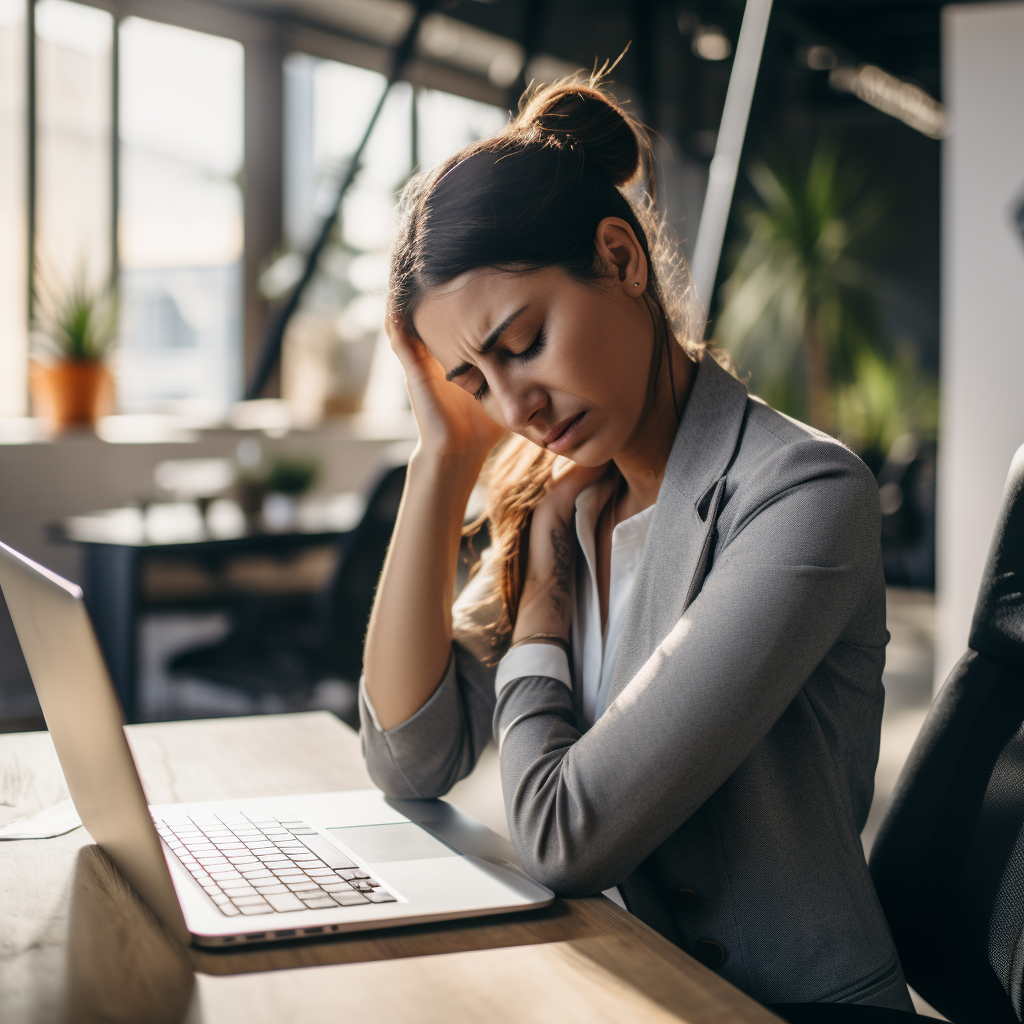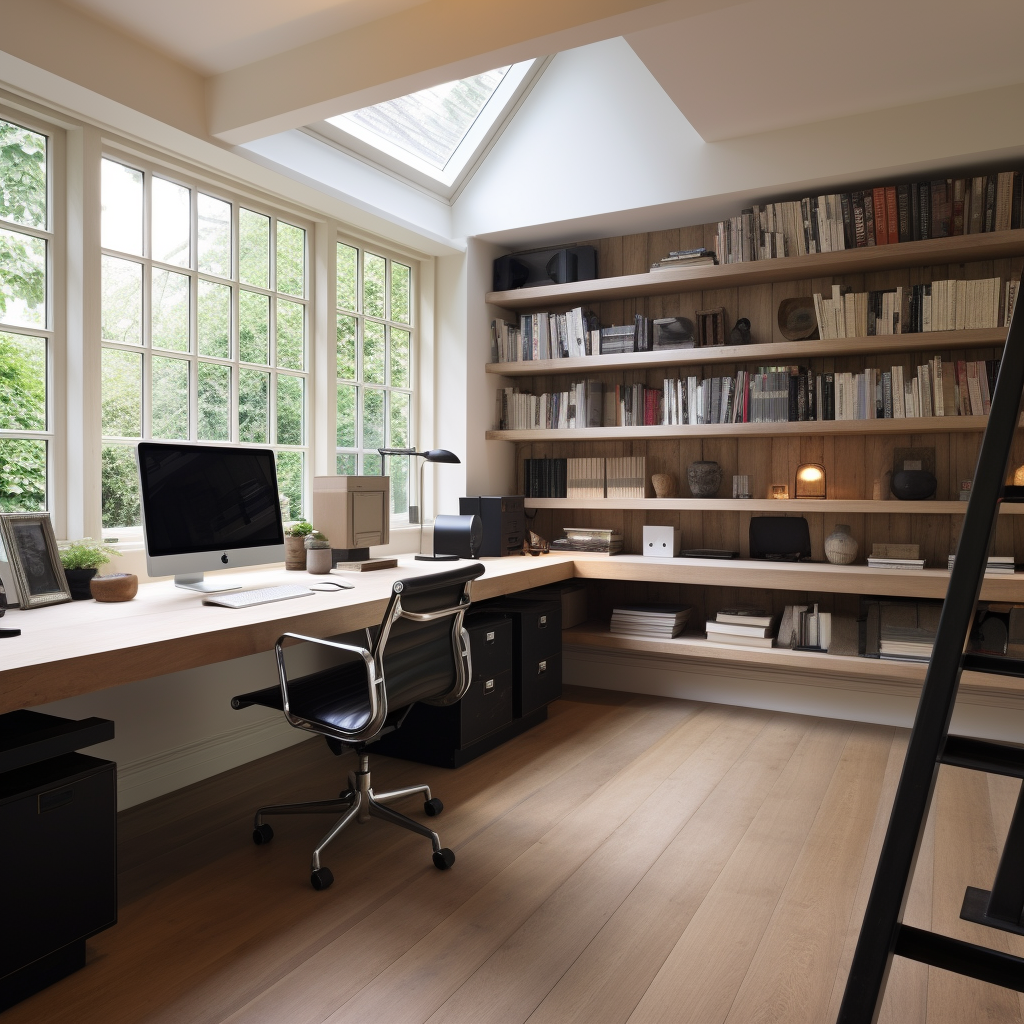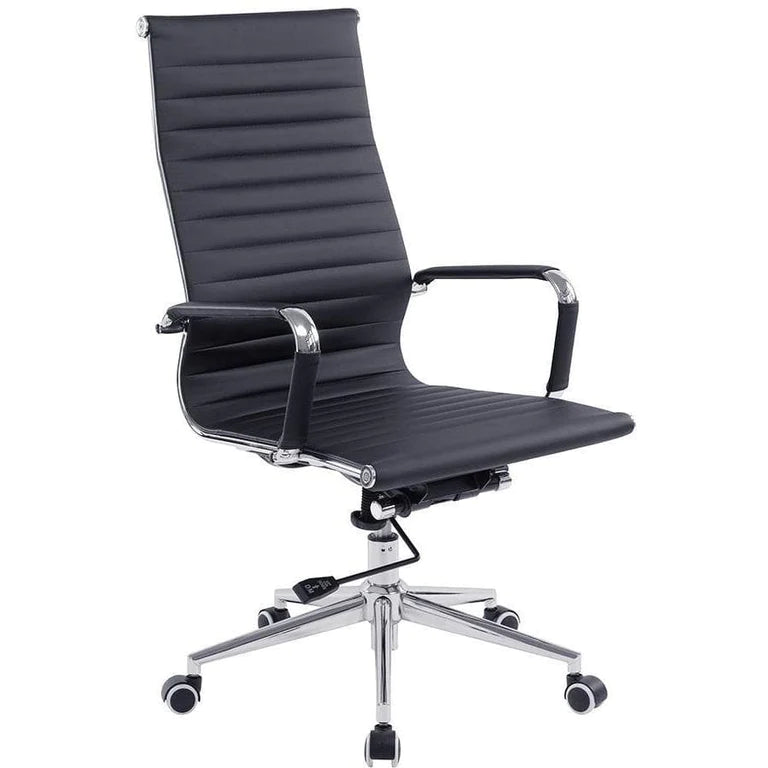
What is the difference between a table and a desk?

While the terms "table" and "desk" are often used interchangeably in everyday language, they have distinct differences based on their intended use and design.
Purpose
A table is a piece of furniture with a flat top and one or more legs, providing a level surface on which objects may be placed. It can be used for a variety of purposes like eating, writing, working, or for displaying items.A desk, on the other hand, is a specific type of table primarily used in an office or educational setting for reading, writing, or using a computer. Desks often have features catered to these activities, such as drawers for storage, or specific spaces for computers, cables, and office equipment.
Design
Tables can come in many shapes and sizes, from small coffee tables and bedside tables to large dining room tables. The design depends on the intended use, but they are generally simpler than desks. Desks, in contrast, usually feature a more complex design due to their specific use. They may have drawers, shelves, compartments, and other features to organize office supplies and equipment. Some desks are also designed ergonomically to provide comfort for long hours of work.
Location
Tables are versatile and can be found in many different rooms of a house or building, including the dining room, living room, kitchen, or bedroom.Desks are typically found in offices, study rooms, libraries, or classrooms.However, it's worth noting that these are general observations and exceptions can be found. For example, some modern desk designs are quite simple and resemble tables, and some tables, particularly console tables, might have drawers or other storage features. The boundary between the two can sometimes blur depending on the design and functionality.
Material and Construction
Tables can be made from a wide range of materials, including wood, metal, glass, plastic, stone, and even composite materials. The construction of a table can also greatly vary based on its intended use and the aesthetics of the environment it's placed in. A kitchen table, for example, may need to be more durable and easy to clean, while a decorative foyer table might prioritize aesthetics over durability. Desks, while they can also be made of various materials, are typically made with durability and functionality in mind, given their work-oriented purpose. Therefore, they are commonly constructed from wood or metal, and may have a veneer or laminate finish to withstand the wear and tear of constant use.
Features and Add-ons
Tables are usually standalone pieces of furniture. While they can sometimes feature add-ons, like leaves to expand their size, their design is generally straightforward and without extra features. Desks can have a variety of built-in features and add-ons to enhance their functionality. This might include pull-out keyboard trays, built-in power outlets or cable management systems, hutch attachments for extra storage, or even mounted monitor stands.
Ergonomics
Tables are not typically designed with ergonomics in mind since they are meant for general use. This can change based on the specific type of table (for example, a drafting table for architects and designers might have adjustable height and angle). Desks, especially those used in an office setting, are often designed with ergonomics in mind to minimize discomfort and injury from prolonged use. They might have adjustable heights, monitor stands at eye level, or spaces underneath for leg movement.
Aesthetics
Tables contribute significantly to the aesthetics of a room. From a lavish dining table that serves as the centerpiece of a dining room to a sleek coffee table that complements a living room, tables often play an important role in interior design.Desks, while they can be aesthetically pleasing, are primarily focused on functionality. However, in a home office or open-plan office, the aesthetic design of a desk can contribute to the overall look and feel of the space.
Summary
In summary, while tables and desks share similarities as flat-topped pieces of furniture with one or more legs, their differences lie mainly in their purpose, design, and location. A table is a more general term encompassing a variety of uses, while a desk refers to a type of table specifically designed for work-related activities.









